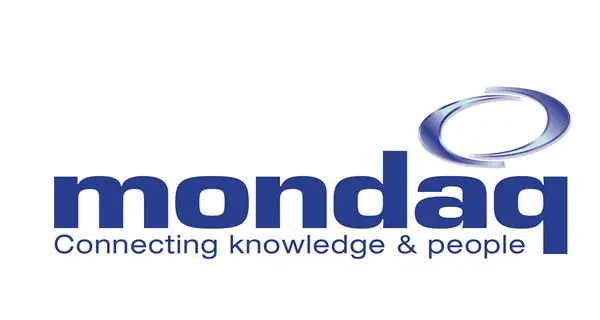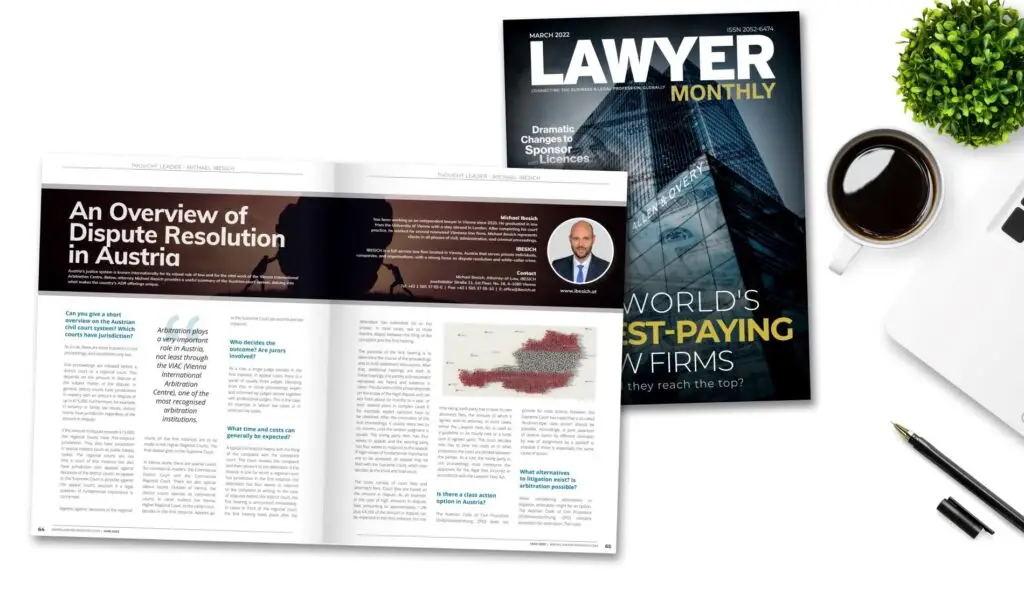The requirements for opening insolvency proceedings are:
- Insolvency:
There is no legal definition of insolvency, but it exists if the debtor is unable to pay his debts due to a lack of means of payment and is unlikely to be able to obtain the necessary means of payment in the near future. In other words, the debtor is unable to pay the debts due within a reasonable period of time and cannot satisfy the claims of creditors. It is also irrelevant whether funds (e.g. real estate assets) are available at all—if these cannot be realized quickly, insolvency still exists. Solvency is already assumed if the debtor cannot satisfy more than 5% of the debts due.
There is a deviation with regard to insolvency when restructuring proceedings are opened. Exceptionally, the threat of insolvency is sufficient in this case. The difference to (acute) insolvency is that all due liabilities can be covered with the available funds, but not future liabilities.
- Over-indebtedness:
The term over-indebtedness is also not defined by law. Whether over-indebtedness exists must be determined within the framework of a mathematical over-indebtedness test and a going concern forecast—this process is called a two-stage over-indebtedness test. Over-indebtedness exists if the prognosis for continued existence is unfavorable. This is the case when insolvency is likely and the assets are insufficient to satisfy creditors. In contrast to insolvency, the insolvency ground of over-indebtedness is only relevant for legal entities, partnerships in which no partner with unlimited liability is a natural person (especially GmbH & Co KG) and estates. Thus, over-indebtedness is not required for private insolvencies.
- Existence of cost-covering assets:
Cost-covering assets mean that at least the start-up costs of the proceedings are covered by the debtor’s assets. The start-up costs include in particular the publication costs and the costs of the insolvency administrator.






